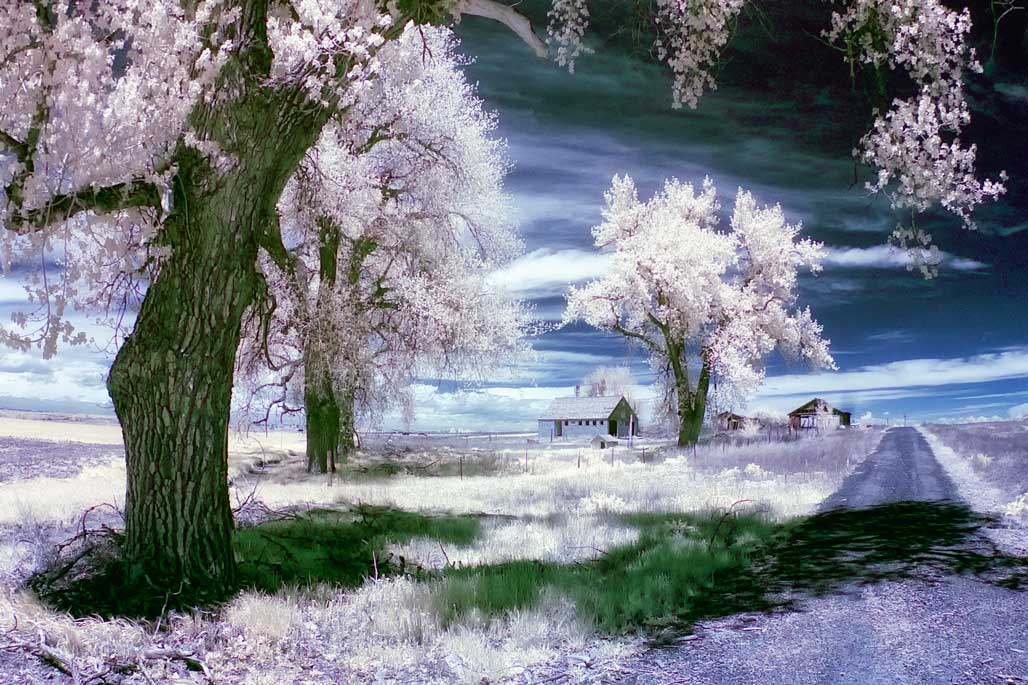Today’s Post by Joe Farace
“You know you’re in love when you can’t fall asleep because reality is finally better than your dreams.” ― Theodor Geisel aka
One of the best ways to improve your photography is the self-assignment. One of my old ones and is still somewhat ongoing is making images of barns, the older the better. In today’s Colorado landscape this has proven more challenging since I started the project fourteen or so years ago. In today’s post I want to offer my personal guidelines when photographing my little corner of the world but please just consider them as a place to begin your own explorations. This has never been a “my way or the highway” blog and I’m not going to start now…

How I made this photo: This image was made in part of an area that had been condemned via Eminent Domain. I was able to get into the area before the county fenced it off and highway construction began. The image was made with a Canon EOS 30D that had been converted for infrared capture and Zenitar 16mm f/2.8 lens with an exposure of 1/400 sec at f/16 and ISO 400. Converted to color using the Blue Sky Technique shown here.
- # 1: Don’t walk onto someone’s land as if you own it. Always ask permission. I keep some examples of my photography on my old iPad to show people what I’ve done, hoping once they see my photos they’ll be accommodating. Sometimes that works, sometimes it doesn’t.
- # 2: Remember the old press photographer’s adage of “f/8 and be there.” Keep a camera handy with you at all times. It doesn’t have to be a DSLR, but could be a point-and-shoot or maybe even a film camera.
- # 3: Get all the important details in clear focus, I shoot at the smallest possible apertures, preferring f/16 or smaller. (OK I know all about diffraction.) When composing, don’t forget the total area of sharp focus is one-third in front of the object and two-thirds behind. See my post that has some rules/suggestions for photographing landscapes for some ideas that might help you get started.
- # 4: Most DSLRs and mirrorless cameras offer a monochrome option also let you apply digital filters to the image. For black and white shots I’ll typically add a Red filter in to produce dramatic skies and snappy, contrasty images.
- # 5: Use the lowest possible ISO setting. This may result in slower shutter speeds, which is why I keep a tripod in my car. Right now my old but dependable green Manfrotto tripod is residing in the trunk of Mary’s Beetle. Using a tripod slows the pace of photography and spending extra time makes sure the composition is exactly the way I want it to look. Tip: Avoid surprises, look at the four corners of the frame before clicking the shutter.
